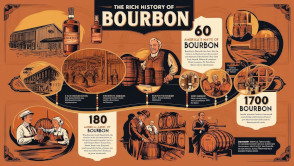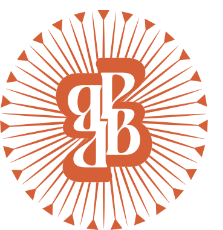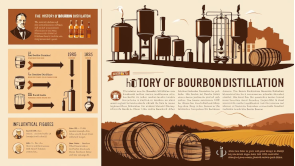
The Rich History of Bourbon: America’s Native Spirit
Bourbon, often referred to as America’s native spirit, holds a special place in the cultural and historical tapestry of the United States. Its journey from humble beginnings to becoming an internationally celebrated beverage is a story of innovation, resilience, and tradition. Let’s dive into the fascinating history of bourbon.
Origins of Bourbon
The origins of bourbon are deeply rooted in the American frontier of the late 18th century. European settlers, particularly Scots-Irish immigrants, brought their distillation knowledge to the New World. They adapted their whiskey-making techniques to the grains available in the American South, particularly corn, which was abundant and easy to grow.
Kentucky, with its fertile soil, limestone-filtered water, and ideal climate, became the heartland of bourbon production. The region’s limestone-rich springs provided iron-free water, crucial for creating the distinct flavor profile of bourbon. By the late 1700s, farmers in Kentucky were distilling surplus corn into whiskey as a way to preserve their crops and create a valuable trade commodity.
The Bourbon Name
The exact origin of the name “bourbon” remains a subject of debate among historians. One theory is that it was named after Bourbon County, Kentucky, which itself was named in honor of the French royal family, the House of Bourbon, as a gesture of gratitude for France’s support during the American Revolution. Another theory suggests that the name came from Bourbon Street in New Orleans, where much of the whiskey was sold.
The Rise of Bourbon
By the early 19th century, bourbon’s popularity had grown significantly. Distillers began aging their whiskey in charred oak barrels, a practice that not only preserved the spirit but also imparted a unique flavor and color. This innovation is often attributed to Elijah Craig, a Baptist minister and distiller, although the true origins of barrel aging remain unclear.
The Whiskey Rebellion of 1791 also played a pivotal role in bourbon’s rise. Following the federal government’s taxation on distilled spirits, many distillers moved westward to Kentucky, where they could continue their craft with less interference. This migration solidified Kentucky’s reputation as the epicenter of bourbon production.
Legal Recognition
Bourbon’s significance was officially recognized in 1964 when the United States Congress declared it a “distinctive product of the United States.” This designation established strict guidelines for what qualifies as bourbon:
- It must be made in the United States.
- It must contain at least 51% corn in its mash bill.
- It must be distilled to no more than 160 proof and entered into the barrel at no more than 125 proof.
- It must be aged in new, charred oak barrels.
- It cannot contain any additives or coloring.
Modern Bourbon Renaissance
In recent decades, bourbon has experienced a renaissance, with global demand surging and craft distilleries emerging across the United States. The spirit’s rich history and connection to American heritage have made it a favorite among connoisseurs and casual drinkers alike. Iconic brands like Jim Beam, Maker’s Mark, and Buffalo Trace dominate the market, while small-batch and single-barrel offerings cater to those seeking unique and premium experiences.
Conclusion
The history of bourbon is a testament to American ingenuity and tradition. From its frontier roots to its modern-day resurgence, bourbon symbolizes craftsmanship and cultural pride. Whether sipped neat, on the rocks, or in a classic cocktail like an Old Fashioned, bourbon carries a legacy that is as rich and complex as the spirit itself.


